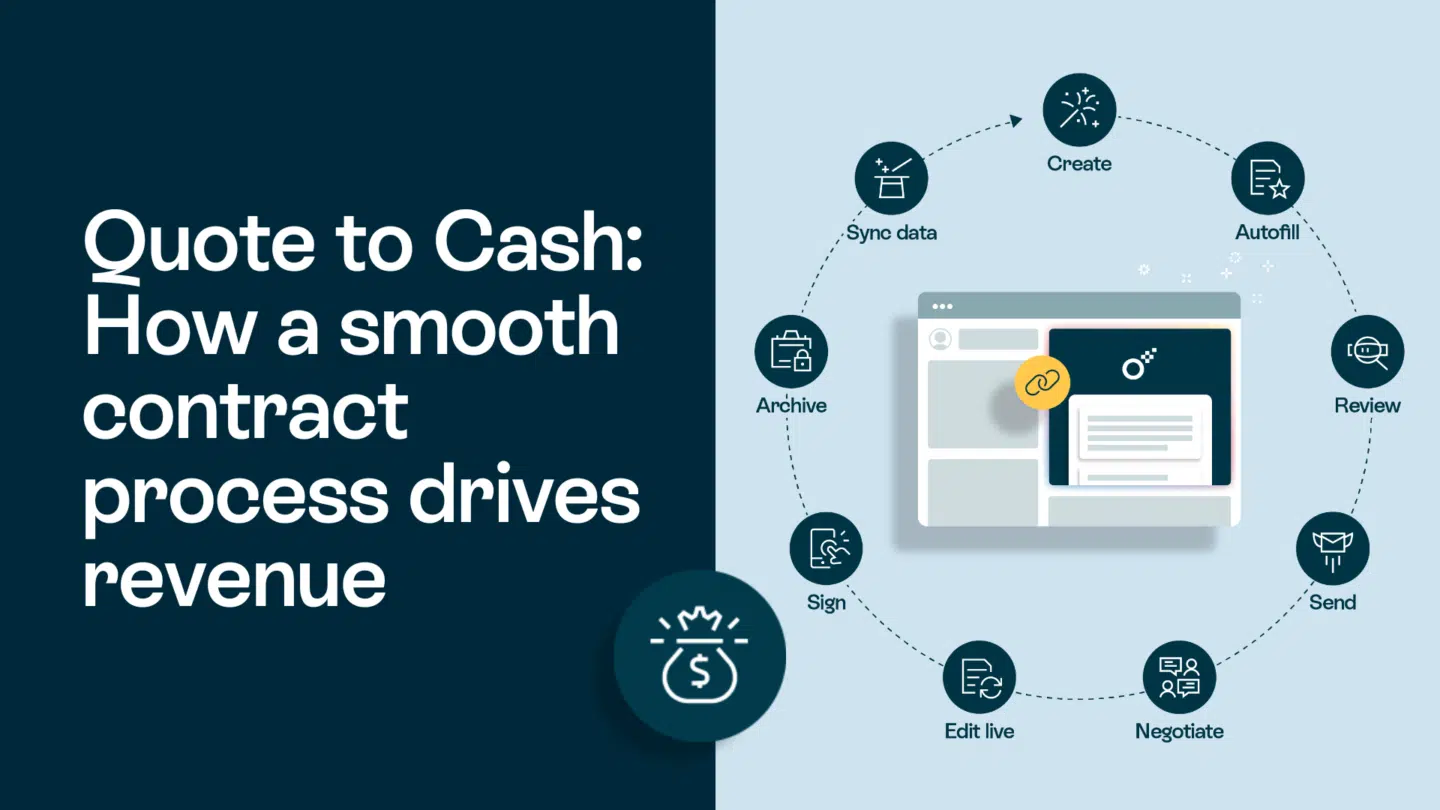Negotiation is a crucial skill in both our personal and professional lives. Whether you’re discussing a pay raise, buying a new car, or resolving a conflict, the ability to negotiate effectively is key to achieving mutually beneficial agreements. In this article, we will explore strategies that will help you become a master negotiator, enabling you to navigate challenging negotiations with confidence and success.
Understanding the basics of how to negotiate an agreement
Before diving into how to negotiate an agreement, it’s essential to understand the fundamentals of the negotiation process. The first step to successful negotiation is preparation. This involves gathering information about the other party, their needs, and their goals, as well as identifying your own. By doing your homework, you’ll be better equipped to frame your arguments and propose solutions that meet both parties’ interests.
In addition to preparation, adopting key principles of when you need to negotiate an agreement is crucial. One essential principle is the pursuit of win-win outcomes, where both parties walk away feeling satisfied. By focusing on creating value and finding common ground, you can build mutually beneficial agreements that foster long-term relationships.
When it comes to negotiation, effective communication is paramount. It’s not just about what you say, but also how you say it. Verbal and non-verbal cues play a significant role in conveying your intentions and building rapport with the other party. Active listening is a vital skill to develop during negotiations, as it allows you to understand the other party’s perspective and identify potential areas of compromise.
Another important aspect of negotiation is understanding the power dynamics at play. Recognizing the balance of power between you and the other party can help you strategize and leverage your strengths effectively. It’s crucial to assess the relative strengths and weaknesses of each side, as well as any external factors that may influence the negotiation process.
Emotional intelligence is also a valuable asset in negotiations. Being aware of your emotions and managing them effectively can help you stay calm and composed during potentially tense situations. Additionally, understanding the emotions of the other party can provide valuable insights into their motivations and help you tailor your approach accordingly.
Flexibility is another key element when you need to negotiate an agreement. Being open to alternative solutions and willing to adapt your position can lead to more favorable outcomes. Sometimes, a creative compromise or a new perspective can unlock mutually beneficial agreements that were not initially apparent.
Read also: What are digital contracts?

Developing your strategy to negotiate an agreement
Once you have a solid foundation in how to negotiate an agreement, it’s time to develop your negotiation strategy. One crucial element is setting clear objectives. Determine what you hope to achieve through the negotiation and establish specific, measurable goals. This clarity allows you to focus your efforts and evaluate the success of your negotiation.
When setting your objectives, it’s important to consider both short-term and long-term goals. Short-term goals may involve specific concessions or compromises you want to achieve during the negotiation process. On the other hand, long-term goals may encompass broader strategic objectives that align with your overall business or personal aspirations.
Furthermore, it is essential to conduct a thorough analysis of the negotiation context. This includes understanding the interests, motivations, and priorities of the other party involved. By gaining insight into their perspective, you can tailor your strategy to effectively communicate and address their concerns. This empathetic approach can foster a more collaborative and mutually beneficial negotiation environment.
Another important aspect of your strategy when you need to negotiate an agreement is identifying your BATNA (Best Alternative To a Negotiated Agreement). Knowing your BATNA gives you leverage and a fallback position, which can help you negotiate from a position of strength. Understanding your BATNA also prevents you from accepting unfavorable agreements out of desperation.
When determining your BATNA, consider various alternatives that may exist outside of the current negotiation. Explore potential partnerships, alternative solutions, or alternative suppliers that could meet your needs if the negotiation fails. By having a well-defined BATNA, you can confidently pursue your objectives while maintaining flexibility and adaptability throughout the negotiation process.
In addition to setting objectives and identifying your BATNA, it is crucial to consider the potential obstacles and challenges that may arise during the negotiation. Anticipating these hurdles allows you to develop contingency plans and strategies to overcome them.
Read also: Save time with these free business template from Oneflow

Effective communication in negotiation
Effective communication is the cornerstone of how to successfully negotiate an agreement. Active listening and empathy are powerful tools that help you understand the other party’s perspective and build rapport. By demonstrating that you respect and understand their needs, you can create an atmosphere of trust and collaboration.
Assertive communication is equally important. Clearly expressing your needs, preferences, and boundaries ensures that your voice is heard and your interests are protected. Balancing assertiveness with empathy creates an open and honest dialogue, fostering a constructive negotiation process.
Handling difficult negotiations
Not all negotiations are smooth sailing when you negotiate an agreement. Sometimes, impasses arise, resulting in standstills and stalemates. In such situations, it’s crucial to remain calm and patient. Instead of digging in your heels, explore alternative solutions and brainstorm creative options that may break the deadlock and move the negotiation forward.
Managing conflict and emotions is another vital skill. When tensions run high, it’s important to stay composed and address emotions constructively. Take breaks, use active listening techniques, and focus on problem-solving rather than personal attacks. By acknowledging and validating emotions, you can alleviate tension and create an environment conducive to resolving the disagreement when you need to negotiate an agreement.
Read also: How to sign documents online?

Advanced negotiation techniques
As you gain experience in negotiation, you can further enhance your skills by incorporating advanced techniques. One such technique is the use of persuasion and influence. By appealing to the other party’s values and interests, you can effectively convince them to consider your proposals and reach a favorable agreement.
Using concessions strategically when you need to negotiate an agreement is another powerful technique. Offering concessions strategically allows you to demonstrate flexibility and goodwill, potentially encouraging the other party to reciprocate and make concessions of their own. This give-and-take approach can lead to mutually beneficial agreements that satisfy both parties’ needs.
By mastering these strategies, you can become a negotiation powerhouse when you need to negotiate an agreement Remember that negotiation is an art, and practice is key. With each negotiation, reflect on your successes and areas for improvement, constantly refining your skills. Embrace the challenges, embrace your negotiation prowess, and watch as you consistently achieve successful agreement negotiation.







